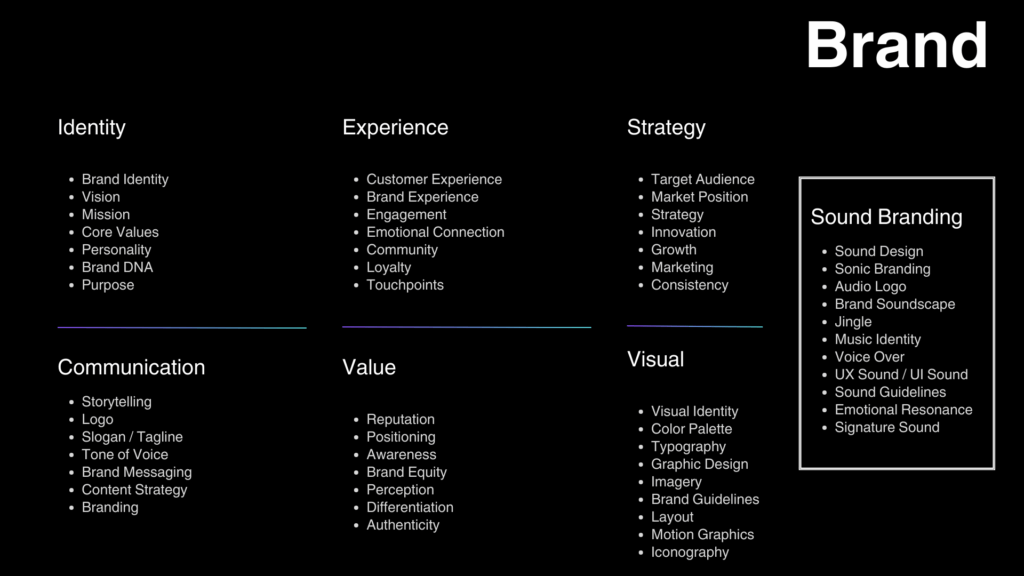When we think about branding, visuals often come first—logos, colors, typography. But what about sound? We can close our eyes, yet we can’t switch off our ears. Sound is always with us, shaping the way we feel, remember, and connect. That’s why sound design and audio branding have become such powerful tools in today’s communication strategies.
And this is the theme of this monthly episode of Creative Notes And about:
- What is sound design and how it has evolved
- The difference between sound design and audio/sonic branding
- How brands create their own sound identity
- And finally… how to build a drum loop with tennis tools 🎾🥁
Sound Design and Its Evolution
Sound design started as simple jingles on the radio—catchy tunes from the ’70s or ’90s that many of us can still hum today. As media evolved with TV and later digital platforms, sound had to evolve too.
Today, sound design is not just a background element. It’s an integrated part of brand strategy. Think of the Windows start-up sound, the Disney intro, or even the soundtrack of FIFA 98—all examples of sound shaping identity and experience.
Sound Design vs. Audio Branding
So, what’s the difference?
- Sound design is the craft of creating and shaping sounds—explosions in a movie, the click of a button in an app, or the textures in a video game soundtrack.
- Audio (or sonic) branding is strategic: it’s about giving a brand its own voice. Just as visual branding defines a logo or color palette, sonic branding creates a recognizable sound identity.

Examples?
- Netflix’s “ta-dum”: drama, anticipation, and storytelling in two seconds.
- The Simpsons theme: instantly recognizable, timeless, and tied to emotional memory.
Why does it work? Because sound activates memory and emotions instantly. Visuals require processing, but sound bypasses that filter and goes straight to the brain.
How Audio Branding Works (and Why It Matters)
The process begins with analysis: What are the brand’s values? What emotions should it evoke? From there, designers create audio assets—sound logos, brand music, notification tones, or even voices for assistants.
Steps typically include:
- Ideation – defining the sound identity
- Recording – capturing unique sounds
- Audition – testing how they feel
- Iteration & mixing – refining and adapting
- Consistency – ensuring the sound is always recognizable
Brands that succeed in audio branding build stronger recognition, deeper emotional bonds, and clear differentiation in a noisy market. So give a look at the video for learning more about it and check also this article about home recording studios.


